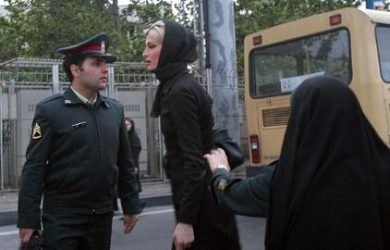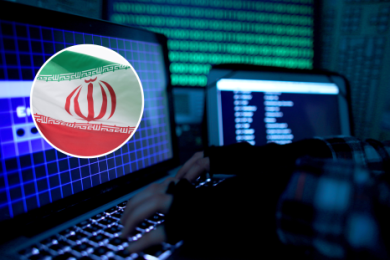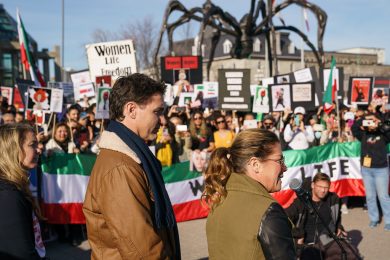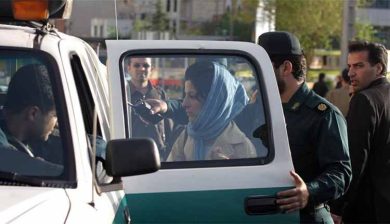In global narratives, Iranian women are too often portrayed solely as victims of oppression. While it’s true they face systemic discrimination, surveillance, and violence—particularly at the hands of institutions like the Islamic Revolutionary Guard Corps (IRGC)—this view is incomplete. Iranian women are not just victims; they are agents of resistance, organizers, storytellers, leaders, and architects of Iran’s future.
From classrooms to prison cells, and from social media platforms to international forums, Iranian women are redefining courage and change. This resource explores their roles, challenges, and impact across society—documenting how their resistance is transforming Iran from within and inspiring global movements.
1. Breaking Stereotypes: Beyond the Victim Narrative
A. The Problem of the One-Dimensional Lens
• Media often depicts Iranian women only through trauma and oppression.
• This obscures their active resistance, innovation, and leadership.
B. Why Representation Matters
• Reframing the narrative honors their full humanity and supports their struggles and victories.
• It also reshapes global advocacy and foreign policy priorities toward empowerment, not pity.
2. The Legacy of Resistance
A. Historical Roots of Women’s Activism in Iran
• Constitutional Revolution (1905–1911): Women demanded access to education and rights.
• 1979 Revolution: Women participated en masse—later becoming among the first to resist theocratic rule.
• Post-revolution era: Grassroots organizing grew in the shadows—education, publications, underground movements.
B. From Silent Resistance to Loud Defiance
• The mandatory hijab law (1981) catalyzed new feminist resistance.
• Decades of small, persistent acts—unveiling, poetry, underground schools, and speaking out.
3. The Contemporary Movement: Women Leading the Fight
A. “Women, Life, Freedom” Movement
• Sparked by the murder of Mahsa Amini in 2022 by the morality police.
• Became the largest women-led uprising in Iran’s history.
• Women removed hijabs, led marches, documented abuses—despite lethal crackdowns.
B. Cross-Sectoral Leadership
• Students, artists, lawyers, mothers, doctors, journalists—women across sectors are key actors.
• Intersectional leadership: Kurdish, Baloch, Arab, and other ethnic women highlight layered oppression.
4. Digital Frontlines: Women as Cyber-Activists
A. Using Technology to Organize and Resist
• Iranian women use social media to:
• Bypass censorship.
• Mobilize protests.
• Share human rights abuses.
• Connect with the global diaspora.
B. Facing Digital Repression
• The IRGC deploys:
• Surveillance, hacking, spyware.
• Harassment campaigns.
• Smear tactics and doxxing.
• Still, women like Masih Alinejad lead viral campaigns like #MyStealthyFreedom and #WhiteWednesdays.
5. Political Prisoners, Powerful Symbols
A. The Women Behind Bars
• Notable names: Narges Mohammadi, Nasrin Sotoudeh, Sepideh Gholian, Atena Daemi.
• Imprisoned for:
• Protesting mandatory hijab.
• Defending human rights.
• Reporting on abuses.
• Their resistance continues even in solitary confinement.
B. Prisons as Platforms of Protest
• Letters smuggled from prison become manifestos.
• Hunger strikes, poetry, and global awards (like the Nobel Peace Prize) elevate their voices.
6. Iranian Women in the Diaspora: Power Abroad, Impact at Home
A. The Role of Exiled Activists
• Diaspora figures amplify on:
• International media.
• United Nations panels.
• Political advocacy.
• Examples: Masih Alinejad, Roya Hakakian, Shirin Ebadi (Nobel laureate).
B. Lobbying, Sanctions & Policy Influence
• Advocated for:
• Sanctioning IRGC officials.
• Designating the IRGC as a terrorist group.
• Supporting asylum for women at risk.
• Banning surveillance tech exports to Iran.
7. Women in Culture, Art, and Expression
A. Art as Resistance
• Underground music, graffiti, theater, photography, dance—even when banned—flourish as tools of dissent.
• Women reclaim public space and identity through expression.
B. Literature and Film
• Iranian women have penned memoirs, screenplays, and novels that critique patriarchy and politics (e.g., Marjane Satrapi’s Persepolis).
• Film has become a vital tool to document resistance and preserve truth.
8. Facing the IRGC’s Gendered Repression
A. Targeted Tactics
• The IRGC uses:
• Morality policing.
• Sexual violence.
• Forced confessions.
• Character assassination.
• Women are often punished more harshly to instill fear across society.
B. Why Women Continue to Lead Despite the Risks
• They recognize that gender justice = system change.
• Many have said: “We have nothing left to lose but our chains.”
9. Global Solidarity and What the World Can Do
A. Amplify Their Voices
• Media coverage.
• Educational forums and events.
• Social media campaigns with hashtags like #WomenLifeFreedom.
B. Policy & Legal Pressure
• Governments must:
• Sanction IRGC members.
• Demand the release of political prisoners.
• Support international investigations into gender-based repression.
C. Humanitarian and Digital Support
• Provide:
• Secure communication tools.
• Legal aid.
• Trauma and reintegration support for survivors.
Conclusion: The Future They Are Building
Iranian women are not waiting to be saved—they are saving each other, and in the process, reshaping Iran.
They are:
• Defining new forms of resistance.
• Holding the IRGC accountable.
• Challenging patriarchy, tyranny, and global indifference.
Join Our Newsletter!
Stay informed with the latest updates, news, and ways to take action in the fight for justice and global security. Sign up now to get updates delivered straight to your inbox!





